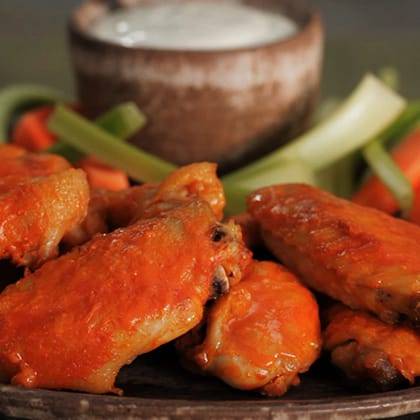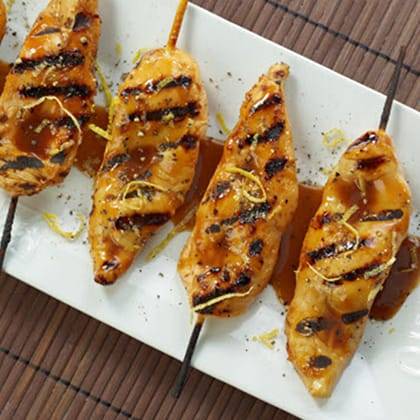1. Defrost Properly
When possible, thaw your frozen chicken in the refrigerator, never on the countertop. This generally takes about five hours per pound, so it’s good to plan ahead. If you’re in a hurry, you can immerse wrapped poultry in cold water. Be sure to change the water every half hour or so for effective thawing. You can also use the microwave, but watch the chicken carefully since the thinner portions tend to cook while the thicker sections are still thawing. Follow the microwave manufacturer’s recommendations regarding defrosting cycles for poultry.
2. Wash Your Hands
While preparing your meals be mindful of keeping your hands washed with warm soapy water after touching raw chicken, as well as other raw meats, fish and unwashed vegetables. Be sure to replace any dish towels or cloths after using them around raw proteins.
3. Don’t Wash Your Chicken
It is often assumed that washing raw chicken will remove any bacteria, making it safer to eat. However, this is not the case. Some bacteria found in chicken is so tightly attached that it can’t be removed, no matter how much it is washed. What’s more, surface bacteria can easily wash off, splashing and cross-contaminating nearby foods, utensils and surfaces. Failing to thoroughly clean all contaminated surfaces can lead to foodborne illness. And cooking raw meats and chicken to the appropriate temperature will kill all bacteria, making washing unnecessary in the first place.
4. Cut Carefully
Always use separate cutting boards when cutting or trimming poultry to prevent cross contamination. Never use a wooden cutting board for raw poultry.
5. Cleanup Is Key
Keeping a clean work area as well as separating raw chicken from food items is essential to preparing a safe and healthy meal. Always wash your hands, countertops, cutting boards, knives and utensils with hot, soapy water before you touch any other foods. And remember to keep fresh, clean dishtowels in your kitchen, replacing those that are used around raw proteins.




